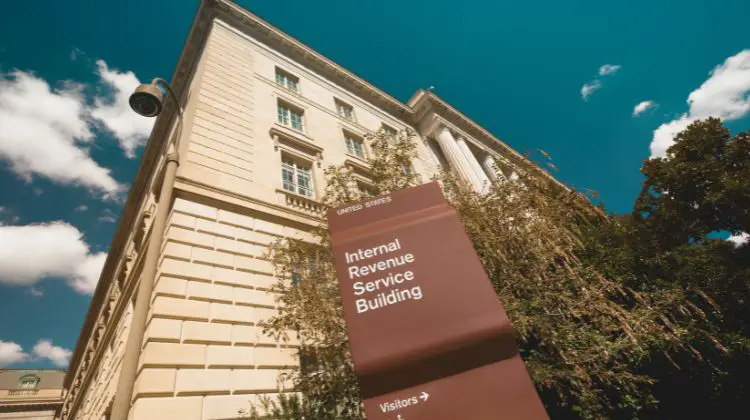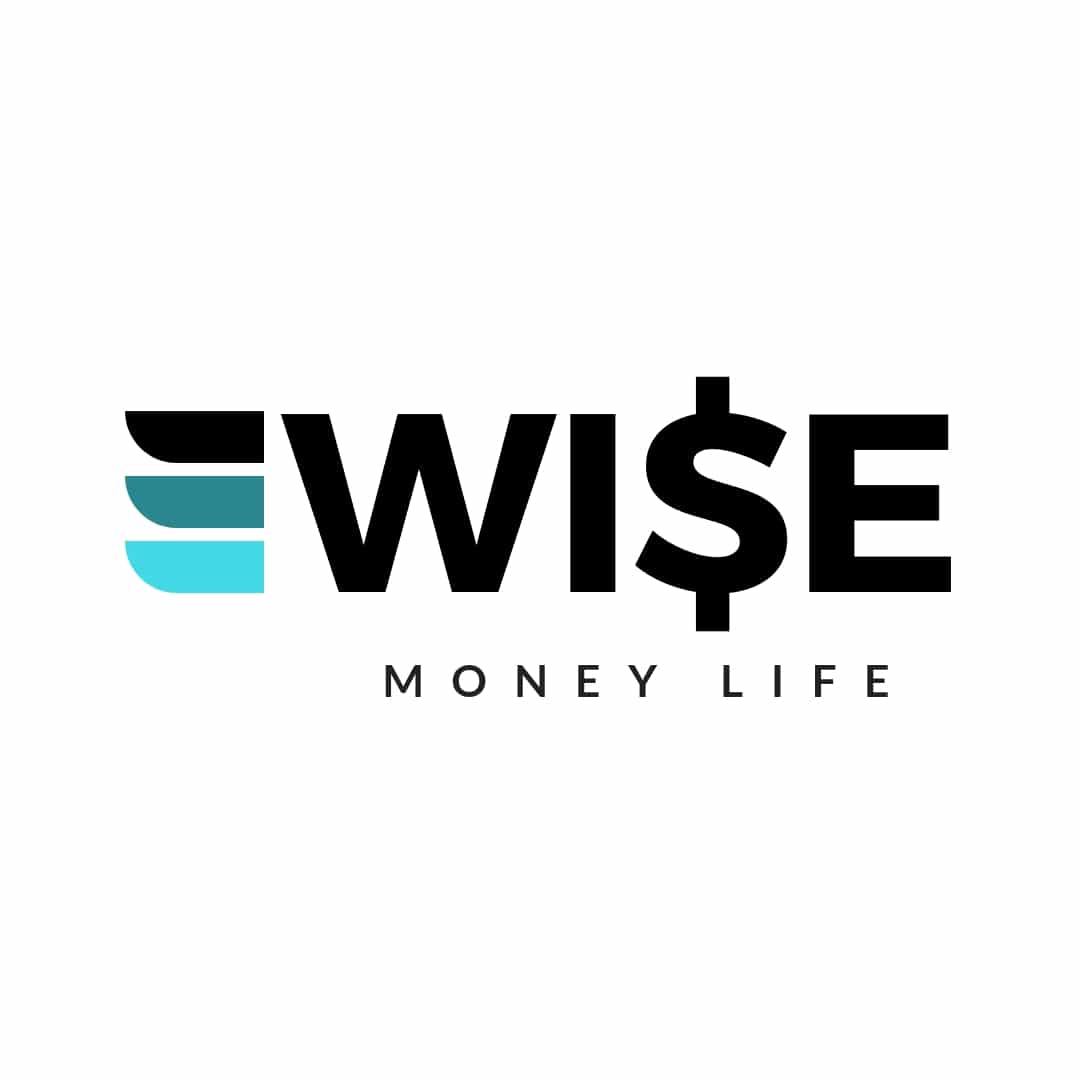As consumers are concerned about the economy, a noticeable sense of unease is affecting household finances and spending habits. Recent surveys highlight a concerning decrease in consumer confidence and an increase in inflation fears. This isn’t just a temporary feeling—it’s changing how Americans view their money and make daily purchases.
Data from the University of Michigan’s consumer sentiment index shows a 9.8% decrease in February, reaching its lowest level since November 2023. This decline indicates growing worries about increasing prices and how new tariffs might affect household budgets. With inflation expectations reaching high levels, many families are cutting back and rethinking their financial plans.
But what is causing this economic pessimism? And how could it impact different groups of people? Let’s explore the reasons behind this shift in consumer sentiment and its potential effects on the economy.
Table of Contents:
- The Perfect Storm: Inflation Fears and Tariff Uncertainties
- A Tale of Two Sentiments: Political Divides in Economic Outlook
- From Sentiment to Action: How Consumer Concerns Are Shaping Behavior
- The Fed’s Dilemma: Balancing Inflation Concerns and Economic Growth
- Looking Ahead: Navigating Uncertain Economic Waters
- Conclusion
The Perfect Storm: Inflation Fears and Tariff Uncertainties
Consumers’ economic worries are mainly driven by a combination of rising prices and uncertain trade policies. The University of Michigan’s survey showed that the expectations for inflation in the coming year rose to 4.3% in February, up from 3.3% in January. This is the highest level since 2023, making Americans more cautious about their spending power.
Concerns about new tariffs proposed by the Trump administration are adding to these worries. As reported by CNN, potential tariff-induced price increases are a significant concern for consumers. Joanne Hsu, director of the Michigan survey, stated that the widespread decrease in consumer sentiment was mainly “due to fears that tariff-induced price increases are imminent.”
This combination of rising prices and uncertain trade policies has heightened economic anxiety. American consumers anticipate higher inflation across various products, from groceries to larger purchases like cars and appliances.
A Tale of Two Sentiments: Political Divides in Economic Outlook
The recent consumer sentiment data also shows a growing difference in how Americans view the economy based on their political beliefs. While overall consumer sentiment declined, the change varies across party lines.
The University of Michigan survey indicated that consumer sentiment fell for Democrats and Independents, but it stayed the same for Republicans. This difference highlights “continued disagreements on the consequences of new economic policies,” as Hsu mentioned.
This split in the economic outlook isn’t surprising, but it seems to be increasing. This raises important questions about how various groups may react to future economic challenges and policy changes.
From Sentiment to Action: How Consumer Concerns Are Shaping Behavior
As consumers are concerned about the economy, their anxieties are leading to noticeable changes in how they spend money and make financial choices. The Michigan survey reported a 19% decrease in buying conditions for durable goods. This suggests that consumers are more cautious about making significant purchases.
This change in behavior could have broad effects on different parts of the economy. Here are some important areas to consider:
1. Housing Market Headwinds
The housing market, which often reflects the overall economy, is already facing difficulties. Existing consumer prices home sales decreased by 4.9% in January, according to the National Association of REALTORS®. This indicates that concerns about affordability and economic uncertainty are affecting home-buying decisions.
High mortgage rates, around 6.85% for a 30-year fixed-rate mortgage as of February 20, make it harder for potential buyers. We may see a further slowdown in the housing market as consumers become more cautious about large financial commitments.
Real estate overall is taking a hit from all sides.
2. Retail Sector Challenges
Retailers will likely be affected as consumers reduce their spending. Since over half of the survey participants expect inflation to rise in the next year, spending on non-essential items might decrease. This could slow down sales growth and increase pressure on retailers’ profit margins.
This shift will affect the whole supply chain and might change behaviors for the long term. This can also have an effect on things that involve government spending, depending on what is purchased. All of these concerns make the economic mood sour for the foreseeable future.
3. Auto Industry Uncertainty
The auto industry, which is already dealing with supply issues and moving to electric vehicles, may face more challenges due to lower consumer confidence. Car manufacturers and dealerships might need to adjust their strategies to attract cautious consumers. For example, offering discounts or special financing deals could help maintain sales.
4. Savings and Investment Patterns
Economic uncertainty usually changes how people save and invest. Consumers might increase their savings to prepare for emergencies. The current state of the stock market, with its up’s and down’s, could also affect investment choices, leading to a preference for safer financial products.
The constant swings are driving market instability. Market Data can help keep investors stay informed of the changes.
The Fed’s Dilemma: Balancing Inflation Concerns and Economic Growth
The Federal Reserve is in a challenging situation as it deals with these economic issues. Rising inflation expectations could push the Federal Reserve to keep interest rates higher for a longer time. However, decreasing consumer sentiment and its possible impact on spending might suggest a need for a more flexible monetary policy.
St. Louis Fed President Alberto Musalem highlighted this difficulty in a recent speech. He mentioned that while temporary price increases could be overlooked, a lasting rise in inflation expectations might require a different policy response. So, addressing this directly will be a part of their new monetary policy response, in general.
This balancing act will be very important in the coming months. The Fed’s decisions will affect consumer prices, economic growth, and also shape consumer confidence and behavior. This also includes what is seen in various market indices.
Looking Ahead: Navigating Uncertain Economic Waters
As consumers are concerned about the economy, businesses, and policymakers need to adapt to this new environment of caution and uncertainty. Here are some important factors to consider for the future:
- Agile business strategies: Companies might need to change their pricing, inventory, and marketing strategies to attract more budget-conscious consumers.
- Policy responses: Government officials will need to assess how trade policies and other economic actions affect consumer sentiment and spending.
- Financial education: There may be a greater need for tools to help consumers manage economic uncertainty and make smart financial decisions.
- Sector-specific adaptations: Different industries will need to create specific strategies to handle changing consumer preferences and spending habits.
- Monitoring sentiment shifts: Regularly checking consumer confidence indicators will be essential for predicting economic trends and adjusting strategies.
Here is a breakdown to help show data about Consumer Sentiment:
| Consumer Sentiment Index | |
| Year-Ahead Inflation Expectations | |
| Buying Conditions for Durables | |
| Unemployment Expectations |
These numbers are concerning. Especially in a consecutive month period.
Conclusion
As consumers are concerned about the economy, we are at an important moment. The combination of inflation fears, policy uncertainties, and changing consumer behavior is transforming the economic situation. Although there will be challenges, understanding these factors is the first step in handling them effectively.
By paying attention to consumer sentiment and adjusting to changing conditions, businesses, policymakers, and individuals can help build economic stability and growth. The economy’s future might be unclear, but with careful planning and teamwork, we can get through this period of economic worry and come out stronger.
We have placed warnings on our website with proper cookie settings to address all parts of our Privacy Policy. You agree to our terms, including those, by continuing to browse and use this website.









Reader Interactions